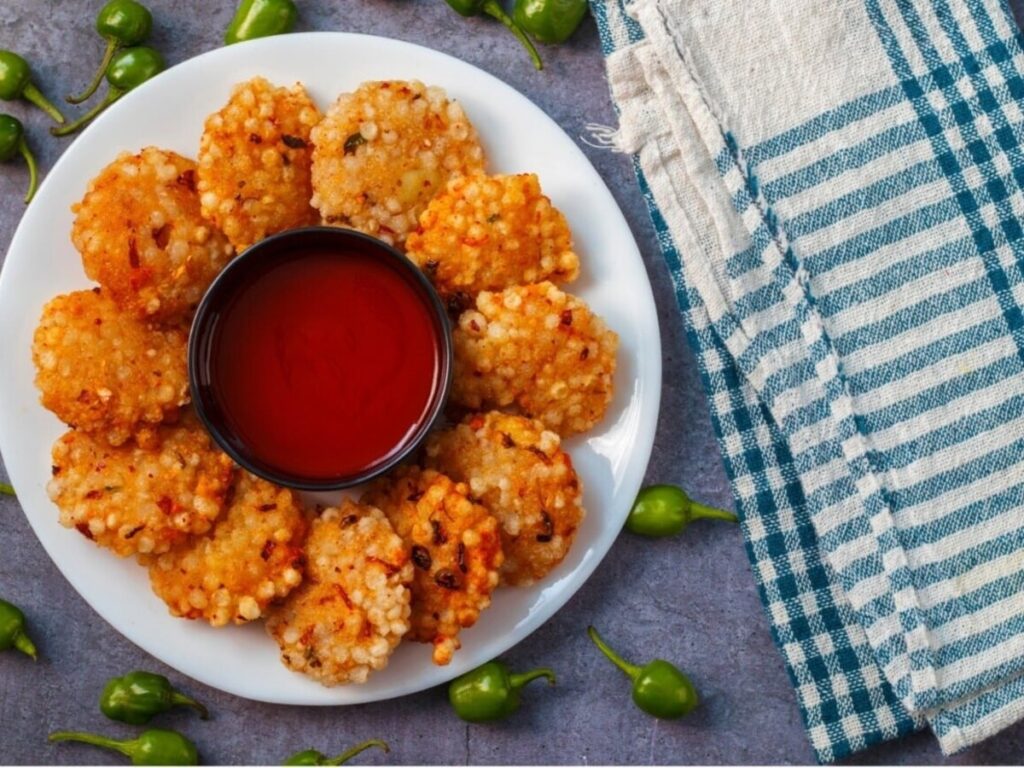Sabudana Vada, a popular Indian snack made primarily from tapioca pearls, is a favorite during fasting periods. However, many home cooks face the challenge of ensuring their Vadas come out crispy and do not break apart during the frying process. This article provides essential cooking tips to help you master the art of making perfect Sabudana Vadas that are both delicious and visually appealing.
Understanding Sabudana Vada
Sabudana Vada is traditionally prepared with soaked tapioca pearls, mashed potatoes, and a mix of spices. It’s often served with a side of green chutney or yogurt. The key to achieving that perfect crispy texture lies in the preparation method and frying technique.
Getting the Ingredients Right
- Sabudana (Tapioca Pearls): Make sure to use high-quality, uncooked sabudana. Soak it for the right amount of time – ideally 4 to 6 hours, but not longer, to prevent it from becoming mushy.
- Potatoes: Use starchy potatoes, as they will bind the mixture well. Boil and then mash the potatoes without water for better results.
- Spices: Incorporate a blend of spices like cumin seeds, green chili, and coriander to enhance flavor. However, don’t overdo it; balance is key.
Preparation Tips for Perfect Vadas
Here are some crucial tips to prepare the mixture effectively:
- Soaking: Rinse the sabudana thoroughly before soaking to remove excess starch. Soak it in just enough water to cover it, ensuring it’s not submerged.
- Mixing: After the soaking period, gently fluff the sabudana with your fingers to separate the pearls. Mix them with the mashed potatoes and spices thoroughly.
- Binding: If your mixture feels too loose, consider adding a small amount of besan (gram flour) for binding without overpowering the flavor.
Frying Techniques for Crispy Vadas
Oil Temperature
The temperature of the oil is critical for frying Sabudana Vadas. Use the following guidelines to achieve the best results:
| Oil Temperature | Effect |
|---|---|
| Low Temperature (below 160°C) | Vadas may absorb excess oil and turn soggy. |
| Medium Temperature (160°C to 180°C) | Ensures even cooking and achieves a crispy texture. |
| High Temperature (above 180°C) | Outer layer cooks too quickly, leaving the inside raw. |
Frying Method
- Once the oil is heated, gently slide the Vadas into the oil without overcrowding the pan.
- Fry them in batches to maintain the oil temperature and prevent sticking.
- Turn the Vadas occasionally for even browning and remove them once golden brown and crispy.
Serving Suggestions
Sabudana Vadas are best enjoyed hot with a side of tangy green chutney, yogurt, or sweet chutney. Pair them with a hot cup of tea or coffee to enhance your snacking experience.
Conclusion
Making crispy Sabudana Vadas doesn’t have to be a daunting task. By following the right soaking, mixing, and frying techniques outlined in this article, you can create delicious, perfectly cooked Vadas that will impress family and friends. Don’t hesitate to experiment with flavors and serve them hot for the best taste. Enjoy your culinary adventure!
